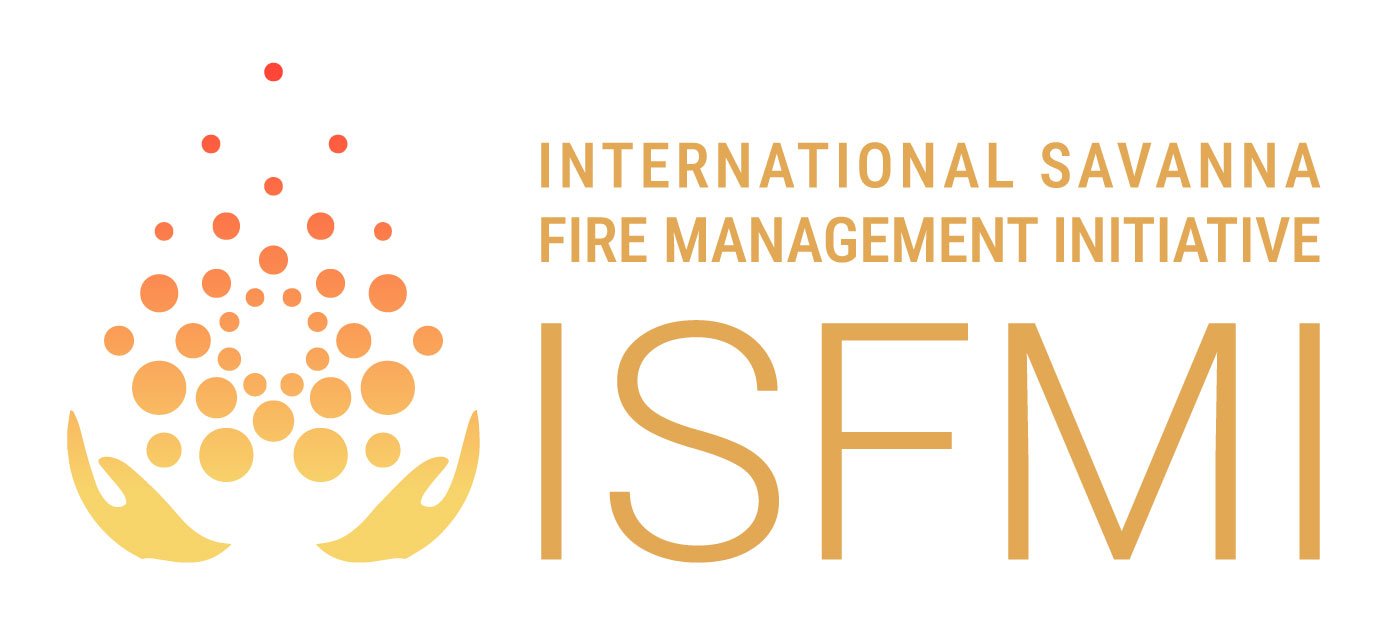
Revitalising Indigenous Fire Management.
A unique Australian technology supporting climate action, biodiversity and sustainable livelihoods globally.
“The fires here have become too intense. These Callitris trees are all burnt, all their trunks. Hot fires have burned right to their top and killed them. We should see young Callitris here, but there are none. Why? Wildfire. We haven’t been managing fire. We have to find new ways to make this land healthy… Being the boss of fire was always the way. Not fires being the boss of us. That is the lesson from the old people.”
News & Events
Featured News & Events
Publications
Featured Publications

Press Release 7 April 2021: Indigenous Australians Point the Way to Innovative Emissions Cuts Globally
In Landmark Study ISFMI Team Proves Technical Feasibility in Southern Africa
Resources
Featured Resources
“Despite the fact that we were living a nomadic life … we were using the veldt fires as to keep wildlife in one place because when then the veldt is burned fresh grass, tubers and plants grow … As the San we were conservers not poachers.”
“Her parents taught her methods of dealing with bush fires, that it is more useful when burning the veldt especially during winter time when the grass still has moisture because it does not burn in more volumes whereas in dry season it is more difficult to control.”
Backgrounder: Advisory Committee member Cissy Gore Birch introduces the work of the ISFMI

Fighting Fire with Carbon, West Arnhem Land Australia. ISFMI Advisory Committee member Dean Yibarbuk on fire in his traditional country.

Kimberley Ranger Robin Dann’s video diary from his ISFMI exchange in Botswana
























